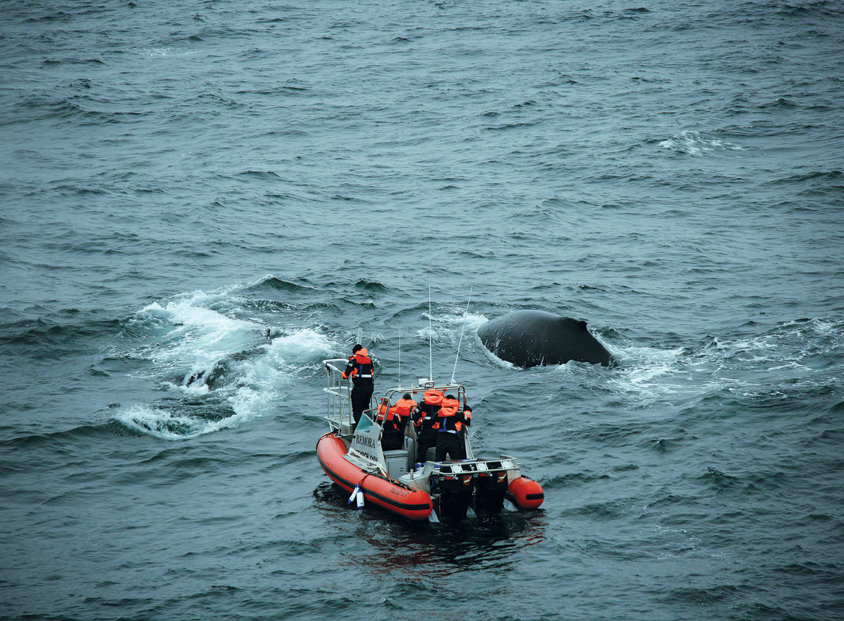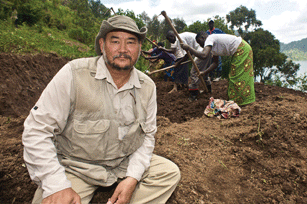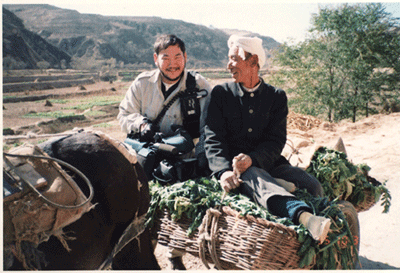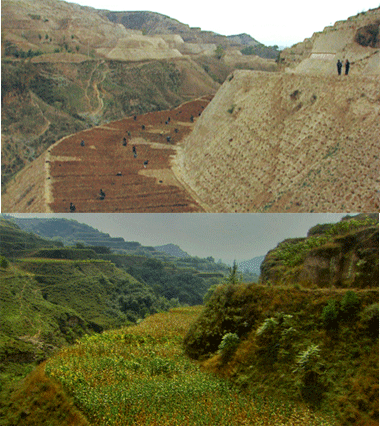
|
Published: 14 September 2010
Pioneering study shows value of non-lethal whale research
Living whales can provide as much, if not more, valuable scientific information to aid their conservation than dead ones. This was the message behind a report released by the Australian and New Zealand governments at the 62nd International Whaling Commission meeting in Agadir, Morocco, last June.
The report documents preliminary results from a six-week joint Australian–New Zealand Antarctic whale expedition to the Southern Ocean between February and March this year.
Seventeen researchers from Australia, New Zealand and France gathered new information about whales using non-lethal techniques – including skin biopsy, photography, satellite tagging, and acoustics – to study the population structure, distribution, movement, feeding and ecological role of Southern Ocean whales.
The expedition was the first project conducted under the banner of the Southern Ocean Research Partnership (SORP), which formed in March 2009 and involves 12 countries.
Working from two small boats supported by New Zealand’s research vessel, Tangaroa, the research team – led by Dr Nick Gales of the Australian Antarctic Division – collected 64 skin biopsy samples and 61 individual tail fluke photographs from humpback whales. The team also satellite-tagged 30 humpback whales in their Southern Ocean feeding grounds.

|
|
The expedition’s satellite-tagging team approaches a humpback whale. Credit: Anthony Hull
|
By deploying 110 sonobuoys (passive ‘listening’ devices), the team recorded sounds from blue, humpback, minke, fin and sperm whales, and an unidentified beaked whale. They also tracked the movements of blue whales for 36 hours.
Humpback whales were the most commonly sighted species, particularly around the Balleny Islands. Dr Gales says the sightings data will contribute to a major SORP project investigating Southern Hemisphere humpback whale populations around Antarctica. The satellite tagging results will provide information on the medium-scale movement of humpbacks in their Antarctic feeding grounds, and links between their Antarctic feeding grounds and their tropical breeding grounds.
Photo identification will also help build a picture of humpback population distribution.
‘Matching tail fluke photos taken in the feeding grounds on this expedition with those taken on breeding grounds by others will contribute to our understanding of the mixing between breeding populations on common feeding grounds in Antarctica,’ says Dr Gales.
To complete the picture, genetic analysis of the skin biopsy samples from 64 humpback whales will give scientists an insight into the population structure in Antarctic waters and the sex composition of whales in Antarctica for comparison with whales migrating along the east Australian coast.
The team will also use genetic techniques to study age-related gene expression, which could lead to a simple, non-lethal ageing method for baleen whales.
Passive acoustic sonobuoys were deployed to identify the sounds produced by whales in the study region and compare them with sounds recorded in other regions of the Southern Ocean. Blue whales were the most commonly recorded species, and their sounds were similar to those recorded from blue whales at other Antarctic sites. In contrast, humpback whales were rarely recorded, but their limited recordings were intriguing.
‘We did record a humpback whale song with the repetition of distinct stereotypic phrases,’ Dr Gales says. ‘As far as we know, this is the first instance where structured song-like sounds have been recorded from humpback whales on their Southern Ocean feeding grounds. Previously, it was thought that humpback whales only sang during their migration to and from, and while on, their breeding grounds.’
To learn more about the diet of whales, active acoustic instruments – ship-based ‘echosounders’ that emit ‘pinging’ sounds into the water – were used to detect aggregations of krill and small fish in humpback feeding areas. Dense schools of krill, the largest of which was about one kilometre across, were usually found around whale aggregations.
Schools of what are thought to be Antarctic silverfish (Pleurogramma antarctica) were also detected around the Balleny Islands. Samples of krill, phytoplankton and small invertebrates such as salps, amphipods and squid larvae were collected. Their carbon and nitrogen signatures will be compared with those found in the whales’ skin biopsy samples to identify the whales’ prey and feeding locations.
Dr Gales says the team will complete their analysis of expedition data before presenting the International Whaling Commission with a full report next year.





